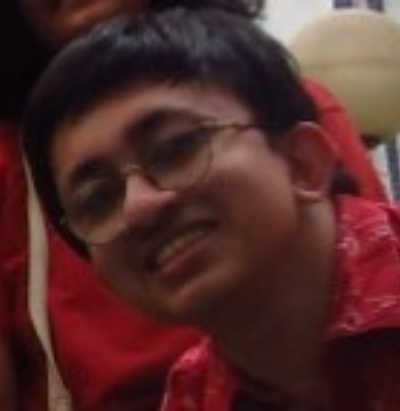A Major is the field of a student’s primary academic focus in course of their undergraduate degree. For a Major in History, students must take a total of 12 courses in History. History majors must take all 5 gateway courses (HIS 1001, HIS 2001, HIS 2002, HIS 2003, and HIS 2004). These five gateway courses give students a solid foundation in the history of the general patterns and processes of Indian and modern Western history within a global comparative framework. These courses provide students with chronological anchors for more advanced thematic courses.
Along with the gateways, 2 reading courses, (HIS-3001 and HIS-3002) equip students with the basic apparatus of the historical craft. Reading History introduces students to different theories that have influenced historical imagination, the various schools of thought and modes of writing history such as positivism, Marxism, annals, structuralism, post-structuralism, postmodernism and postcolonialism. Reading Archaeology introduces students to the methods and theories of archaeology globally, and engages students with the history of archaeological thought.






